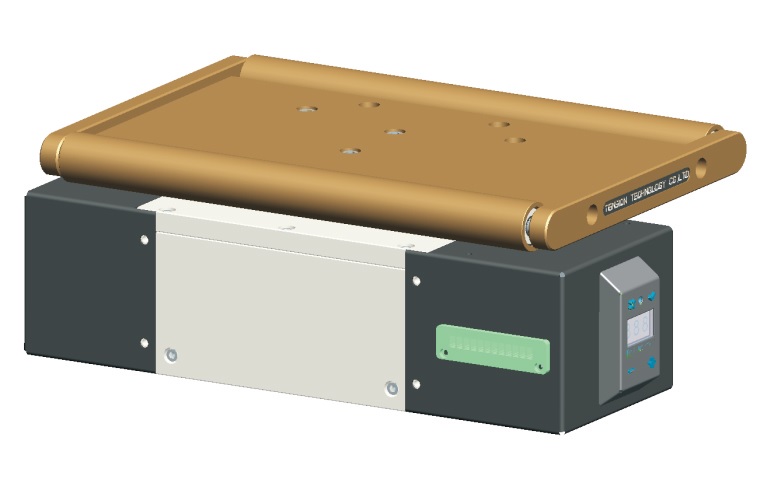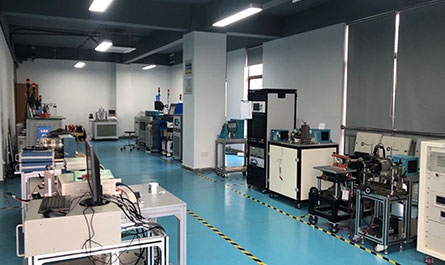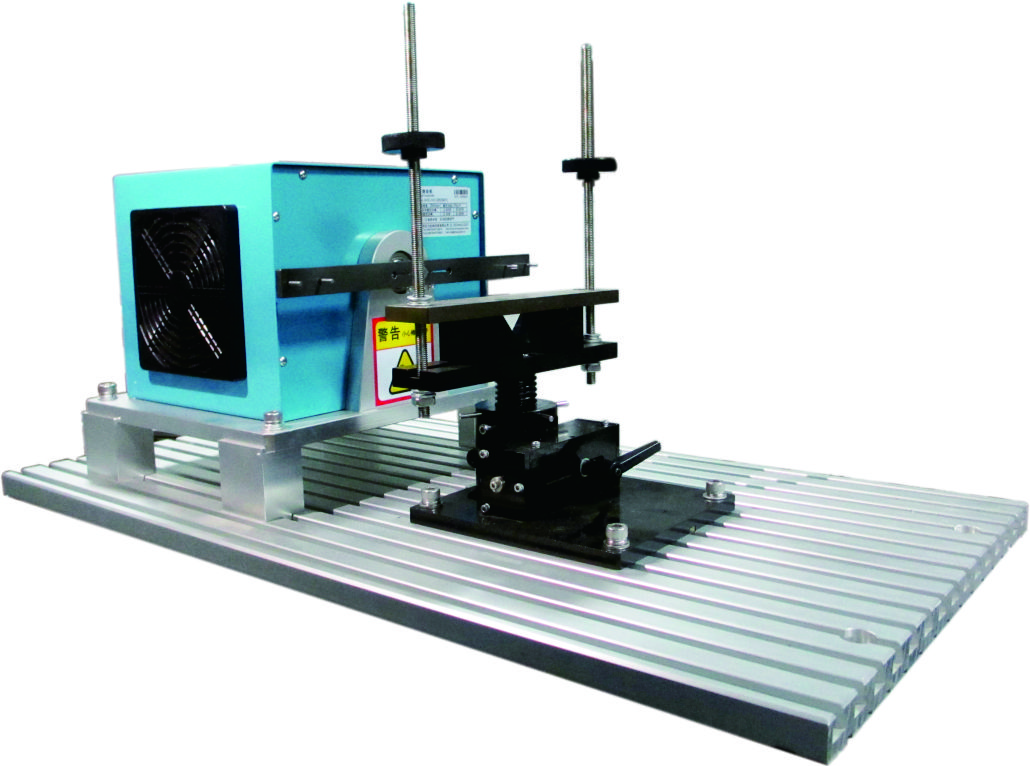The hum of jet engines blends with the quiet whirr of microprocessors as aviation enters its most transformative era. From pilotless cargo planes to AI-powered air traffic control, automation isn’t just changing how we fly—it’s redefining what’s possible at 35,000 feet. Let’s explore how this technological symphony is composing a safer, smarter, and more sustainable future for global air travel.
Wings of Silicon: Automation in Flight Operations
----------------------------------------------
Modern cockpits have evolved into glass-paneled command centers where pilots collaborate with advanced flight management systems (FMS). These digital co-pilots calculate optimal routes in real-time, adjusting for weather patterns that haven’t fully formed yet. Boeing’s 787 Dreamliner, for instance, uses predictive automation to smooth turbulence before passengers feel the first bump—like a concierge ironing out wrinkles in the sky.
But the real game-changer lives in the background: fly-by-wire systems that translate pilot inputs into perfectly calibrated maneuvers. Airbus’s envelope protection technology quietly prevents stalls and overspeeds, acting as an invisible safety net. As veteran pilot Captain Sarah Mitchell observes: “It’s like flying with a guardian angel who never blinks.”
dynamometer of Babel 2.0: Next-Gen Air Traffic Control

----------------------------------------------
Imagine a world where planes autonomously negotiate flight paths like diplomats at a digital summit. NASA’s ATD-2 program is making this real with AI systems that reduce taxi times by 20% at busy hubs like Charlotte Douglas. These systems don’t just react to congestion—they anticipate it, using machine learning to predict runway conflicts hours before they occur.
European airports are testing “silent towers” where remote controllers monitor multiple airports through panoramic 4K displays. London City Airport’s digital tower processes data from 14 high-resolution cameras, lidar sensors, and ADS-B signals—providing controllers with X-ray vision through fog and darkness.
Wrench Meets Algorithm: Maintenance Revolution
----------------------------------------------
GE Aviation’s predictive maintenance systems analyze terabytes of engine data daily, spotting anomalies smaller than a grain of sand in a jet turbine. Their TrueChoice program has reduced unscheduled maintenance by 35% across partner airlines.
Lufthansa Technik takes this further with AR-equipped mechanics. Using Microsoft HoloLens, technicians see holographic repair manuals overlaid on actual engines—think Iron Man meets your local garage. “It’s reduced complex repair times by 40%,” says lead engineer Klaus Weber. “We’re not fixing planes anymore; we’re having conversations with them.”
The Cargo Frontier: Autonomous Freighters
----------------------------------------------
While passengers may hesitate at pilotless planes, cargo carriers are charging ahead. Boeing’s MQ-25 Stingray completed the first autonomous aerial refueling in 2021, a crucial step for long-haul drone operations. In Alaska, startup Volansi delivers emergency supplies via VTOL drones that land without runways—proving particularly vital during last year’s record wildfire season.

Maersk Air Cargo recently partnered with Reliable Robotics to automate their entire fleet of 767 freighters. The retrofit includes a fail-safe system that can land planes autonomously if pilots become incapacitated. “It’s not about replacing humans,” explains CEO Uffe Østergaard. “It’s about creating an unbroken safety chain from warehouse to runway.”
Passenger Experience Reimagined
----------------------------------------------
Automation isn’t just for the flight deck. Delta’s facial recognition boarding cuts processing time to 12 seconds per passenger. Singapore Airlines uses AI to personalize in-flight entertainment—their system learned that business travelers prefer short documentaries during breakfast, while vacationers binge comedy series after sunset.
The real magic happens behind the scenes. Heathrow’s automated baggage system processes 12,000 bags hourly with 99.98% accuracy. Using RFID tags and computer vision, it can reroute luggage mid-conveyor if a connecting flight gets delayed. “Last Christmas, we reunited a lost teddy bear with its owner in Toronto before the child realized it was missing,” shares logistics manager Priya Kapoor. “That’s the power of smart systems.”
Green Skies Initiative: Automation for Sustainability
----------------------------------------------
Aviation contributes 2.5% of global CO2 emissions, but automation is helping slash that number. United Airlines saved 48 million gallons of fuel last year using AI-optimized descent paths. These “green landings” adjust glide angles in real-time, reducing noise pollution while cutting emissions by 30% per approach.
Airbus’s ALBATROSS project takes inspiration from nature. Their formation-flying system allows planes to ride each other’s wake vortices like geese in migration, achieving 10% fuel savings on transatlantic routes. Meanwhile, electric vertical takeoff aircraft (eVTOLs) from Joby Aviation promise emission-free urban air taxis—with automation making these complex vehicles viable for mass production.
The Human Factor: Pilots in the Loop
----------------------------------------------
Contrary to dystopian fantasies, automation isn’t replacing pilots—it’s elevating their role. Qantas trains crews in “automation mindfulness,” teaching when to trust systems and when to override. Captain Emily Tran explains: “The machine handles the arithmetic; we handle the judgment. It’s like chess—computers calculate moves, but humans still win tournaments through strategy.”
New flight simulators recreate system failure scenarios that would be too dangerous to practice in real aircraft. Trainees face cascading alerts, cyberattack simulations, and even emotional AI that mimics stressed passengers. “We’re preparing crews not just to fly planes,” says instructor Mark Williamson, “but to manage flying ecosystems.”
Conclusion: The Horizon Beckons

----------------------------------------------
As we cruise toward 2030, aviation automation resembles a skilled orchestra conductor—coordinating humans, machines, and the elements into harmonious operation. The challenges are real: cybersecurity threats, workforce transitions, and the need for global regulatory alignment. Yet the potential rewards—safer skies, cleaner engines, and aviation access for remote communities—propel us forward.
The next time you fasten your seatbelt, listen closely. Beneath the familiar clicks and announcements, you’ll hear the quiet pulse of innovation rewriting the rules of flight. From baggage handlers to air traffic controllers, from jet engineers to frequent flyers—we’re all passengers on this automated journey to the future. And if the current trajectory holds, it’s going to be one hell of a smooth ride. 🛫🌍

